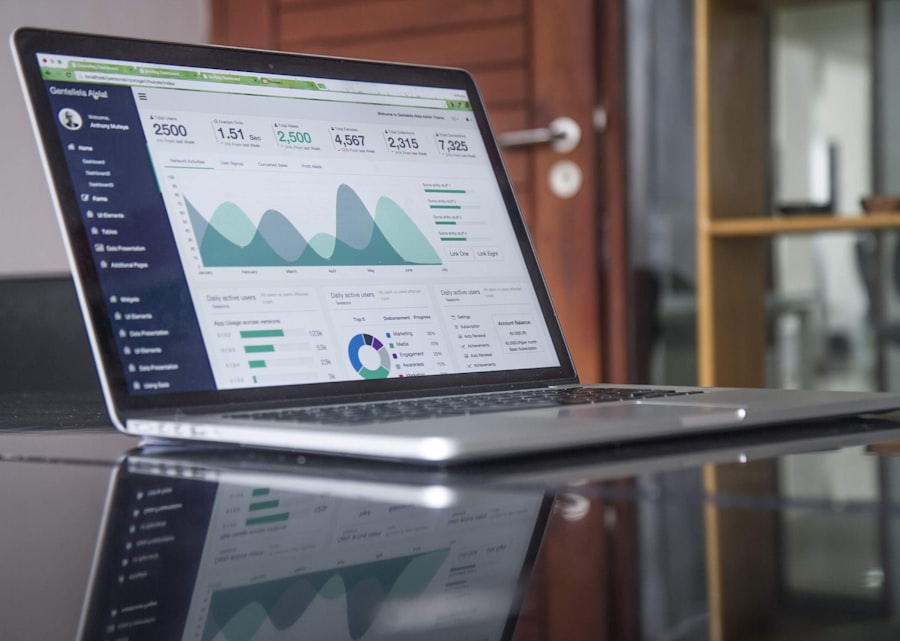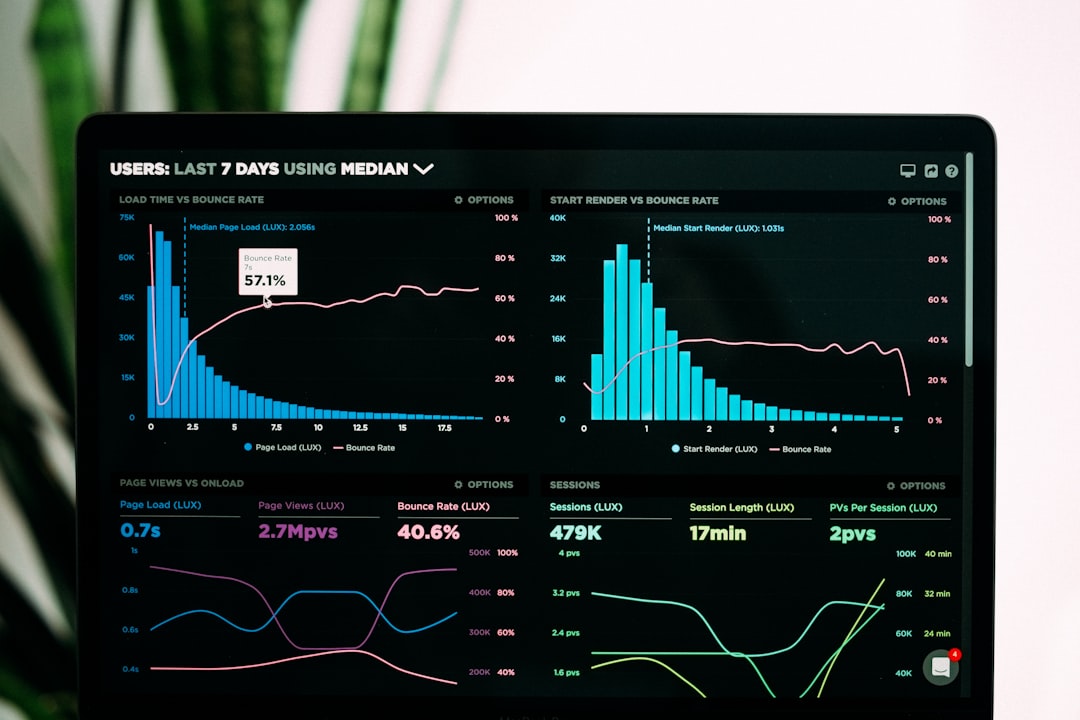Raw data, often referred to as unprocessed data, is the foundational element of any data analysis process.
This data can come from various sources, including surveys, sensors, transactions, and social media interactions.
For instance, a retail company may collect raw data from point-of-sale systems, which includes transaction amounts, timestamps, and customer identifiers. This unrefined data is crucial because it serves as the primary input for any analytical endeavor, providing the necessary information to derive insights and make informed decisions. The nature of raw data can vary significantly depending on its source.
It can be structured, such as data stored in relational databases with defined fields and types, or unstructured, like text documents or multimedia files that lack a predefined format. For example, a dataset containing customer reviews on a product may include text comments, star ratings, and user demographics. Understanding the characteristics of raw data is essential for analysts, as it influences the methods and tools they will employ in subsequent stages of data processing.
The quality and completeness of raw data can also impact the reliability of the insights derived from it; thus, recognizing its limitations is a critical first step in any data analysis project.
Key Takeaways
- Understanding Raw Data:
- Raw data is unprocessed and unorganized information that needs to be cleaned and structured for analysis.
- It can come in various forms such as text, numbers, images, or audio.
- Data Cleaning and Preprocessing:
- Data cleaning involves identifying and correcting errors, inconsistencies, and missing values in the dataset.
- Data preprocessing includes standardizing, normalizing, and transforming the data to make it suitable for analysis.
- Exploratory Data Analysis:
- EDA involves summarizing the main characteristics of the data, often using visual methods.
- It helps in understanding the distribution, relationships, and patterns within the dataset.
- Statistical Analysis:
- Statistical analysis involves applying mathematical and statistical techniques to analyze the data and draw conclusions.
- It helps in testing hypotheses, making predictions, and identifying significant patterns in the data.
- Data Visualization:
- Data visualization is the graphical representation of data to communicate insights and patterns effectively.
- It includes various tools and techniques such as charts, graphs, and maps to present the data visually.
- Drawing Insights and Making Decisions:
- Drawing insights involves interpreting the results of the analysis to make informed decisions.
- It helps in identifying trends, patterns, and relationships in the data that can be used for strategic decision-making.
Data Cleaning and Preprocessing:
Handling Missing Values
For instance, in a dataset tracking customer purchases, a missing entry for a transaction could lead to inaccurate sales forecasts if not rectified. Techniques such as imputation can be employed to fill in missing values based on statistical methods or by using values from similar records.
Normalization and Standardization
Preprocessing also encompasses the normalization and standardization of data. This is particularly important when dealing with datasets that contain variables measured on different scales.
By normalizing these variables to a common scale, analysts can ensure that their analyses are valid and meaningful.
Converting Categorical Variables
Additionally, converting categorical variables into numerical formats through techniques like one-hot encoding allows for more sophisticated statistical analyses and machine learning applications.
Exploratory Data Analysis:

Exploratory Data Analysis (EDA) is an essential phase in the data analysis process that involves summarizing the main characteristics of a dataset, often using visual methods. EDA allows analysts to gain insights into the underlying patterns and relationships within the data before applying more complex statistical techniques. For instance, an analyst might use EDA to examine the distribution of sales across different regions by creating histograms or box plots.
These visualizations can reveal trends such as seasonal fluctuations or regional preferences that may not be immediately apparent from raw numbers alone. In addition to visualizations, EDA often includes calculating summary statistics such as mean, median, mode, and standard deviation. These metrics provide a quick overview of the dataset’s central tendency and variability.
For example, if an analyst is studying customer satisfaction ratings across various products, understanding the average rating and its distribution can help identify which products are performing well and which may require improvement. Furthermore, EDA can uncover correlations between variables; for instance, a scatter plot might reveal a positive correlation between advertising spend and sales revenue, suggesting that increased marketing efforts lead to higher sales.
Statistical Analysis:
Once the data has been cleaned and explored, statistical analysis can be conducted to test hypotheses and draw conclusions based on the findings from EDThis phase often involves applying inferential statistics to make predictions or generalizations about a population based on sample data. Techniques such as t-tests, chi-square tests, and ANOVA (Analysis of Variance) are commonly used to determine whether observed differences between groups are statistically significant. For example, an analyst might use ANOVA to compare the average sales figures across multiple product categories to see if there are significant differences in performance.
Regression analysis is another powerful statistical tool that allows analysts to model relationships between variables. By fitting a regression line to the data, analysts can quantify how changes in one variable affect another. For instance, a company might use multiple regression analysis to understand how factors such as price, advertising spend, and product features influence sales volume.
The coefficients obtained from the regression model provide insights into the strength and direction of these relationships, enabling businesses to make data-driven decisions regarding pricing strategies or marketing campaigns.
Data Visualization:
Data visualization plays a crucial role in communicating findings from data analysis effectively. By transforming complex datasets into visual formats such as charts, graphs, and dashboards, analysts can present their insights in a way that is easily digestible for stakeholders. Effective visualizations not only highlight key trends but also facilitate comparisons across different dimensions of the data.
For example, a line chart showing sales trends over time can quickly convey seasonal patterns or growth trajectories that might be overlooked in tabular data. Moreover, interactive visualizations allow users to explore the data dynamically, enabling them to drill down into specific areas of interest. Tools like Tableau or Power BI provide functionalities for creating interactive dashboards where users can filter data by various criteria or view different aspects of the dataset without overwhelming them with information.
For instance, a dashboard displaying customer demographics alongside sales performance can help marketing teams tailor their strategies based on specific audience segments. The clarity and impact of well-designed visualizations can significantly enhance decision-making processes by making complex information accessible and actionable.
Drawing Insights and Making Decisions:

The ultimate goal of any data analysis process is to draw actionable insights that inform decision-making. After thorough exploration and statistical analysis of the data, analysts must synthesize their findings into clear recommendations that align with business objectives. This involves not only presenting the results but also contextualizing them within the broader strategic framework of the organization.
For example, if an analysis reveals that customer satisfaction scores are declining in a particular region, it is essential to investigate potential causes—such as service quality or product availability—and recommend targeted interventions. Furthermore, effective communication of insights is critical for ensuring that stakeholders understand the implications of the analysis. This may involve creating comprehensive reports or presentations that summarize key findings along with visual aids to illustrate trends and patterns clearly.
Engaging stakeholders in discussions about the results fosters collaboration and encourages buy-in for proposed actions based on data-driven insights. Ultimately, leveraging insights derived from rigorous data analysis empowers organizations to make informed decisions that enhance performance, optimize resources, and drive growth in an increasingly competitive landscape.
If you are interested in exploring the concept of patterns and relationships in data analysis further, you may find The Quadratic Family in Dynamical Systems to be a fascinating read. This article delves into the intricate dynamics of quadratic functions and their behavior in various systems. Understanding these mathematical relationships can provide valuable insights into the underlying structures of data sets.
FAQs
What is data analysis?
Data analysis is the process of inspecting, cleaning, transforming, and modeling data with the goal of discovering useful information, informing conclusions, and supporting decision-making.
What are the steps involved in data analysis?
The steps involved in data analysis typically include defining the problem, collecting and cleaning the data, exploring and visualizing the data, performing statistical analysis, and interpreting the results to draw meaningful insights.
What are the common techniques used in data analysis?
Common techniques used in data analysis include descriptive statistics, inferential statistics, regression analysis, machine learning, data mining, and data visualization.
What are the benefits of data analysis?
Data analysis helps organizations make informed decisions, identify trends and patterns, improve processes, understand customer behavior, and gain a competitive advantage in the market.
What are the tools used for data analysis?
Tools commonly used for data analysis include programming languages like Python and R, statistical software such as SPSS and SAS, database management systems like SQL, and data visualization tools like Tableau and Power BI.






















+ There are no comments
Add yours